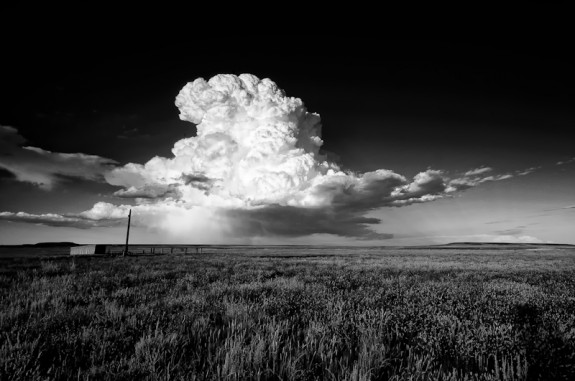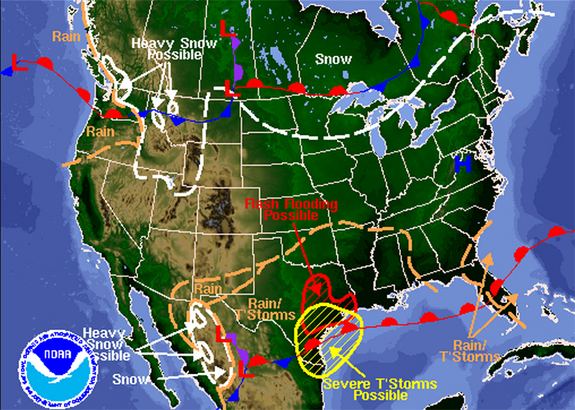Your Phone Could Make You Into a Thunderstorm Predicting Machine
Some Android phones have barometers, and scientists want to use your observations to predict the weather

A cumulonimbus cloud in Indiana. Photo: David Kingham
Some new Android phones and tablets—the Google-branded Nexus line, Samsung’s Galaxy S3 and Note, and a few others—come equipped with a rather unusual piece of sensory technology: a barometer. Some scientists want to tap this novel addition, says Wired, to turn smartphone users into data collectors in order to drastically improve weather prediction:
Atmospheric scientists are working with an app developer to take air pressure information that is already being collected from thousands of Android phones and feed it into sophisticated new climate models. If they get enough buy-in from Android owners, you may be able to receive warning hours in advance about thunderstorms and tornadoes coming to your precise location with far more certainty than you can today.
Along with the trusty thermometer, the barometer—a device used to measure air pressure—is one of the most fundamental tools for trying to predict the weather. You’re probably familiar with the “H” and “L” labels on weather forecast maps designating regions of high and low pressure. The reason they’re there is because the different pressure zones are a key driver behind the weather.

Today’s weather map. Look out, southern Texas. Photo: NOAA
In the Earth’s atmosphere, air tends to flow “downhill,” moving from regions of high surface pressure to those with low pressure. In low pressure zones, all that inflowing surface air needs somewhere to go. So it goes up. The rising air cools and usually leads to cloudy or rainy conditions. High pressure zones, on the other hand, have air streaming from them. The outflowing of all this air at the Earth’s surface leads to a bit of a void, and more air rushes in from higher altitudes. As it sinks, it warms, and clouds tend to fade. All the wind and storms and clouds are, for the most part, the signs of the planet trying to even out the air pressure.
By tapping into the thousands of barometer-packing phones out there, the spatial resolution of pressure observations could soar dramatically, especially in highly-populated cities. With more information, scientists could identify increasingly subtle shifts in pressure, improving predictive ability. There are bumps, of course, as with other efforts to tap into the glut of smartphones for scientific purposes (such as this idea to turn your phone into an earthquake detector). Wired:
There are hurdles before Mass can even get the data. Sheehy and Jones have only just started looking into privacy implications. Because pressure changes with elevation, it helps to tie the pressure data to a phone in order to determine if the pressure is in fact changing or if the reading is changing because the phone user has moved up a hill or an elevator. They envision different levels of sharing that end users can choose from, including sharing only with academic researchers or in any way the developers see fit.
But, if people get on board and if the scientists can work out a way to account for people’s movements, this could become yet another way that the abundance of sophisticated sensors many of us carry around all day could be put to better use.
More from Smithsonian.com:
Your Cell Phone Could Soon Become Part of a Massive Earthquake Detection System
/https://tf-cmsv2-smithsonianmag-media.s3.amazonaws.com/accounts/headshot/smartnews-colin-schultz-240.jpg)
/https://tf-cmsv2-smithsonianmag-media.s3.amazonaws.com/accounts/headshot/smartnews-colin-schultz-240.jpg)